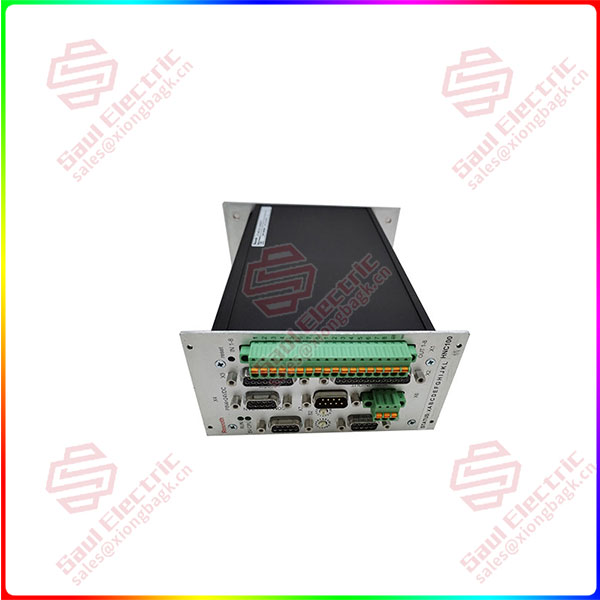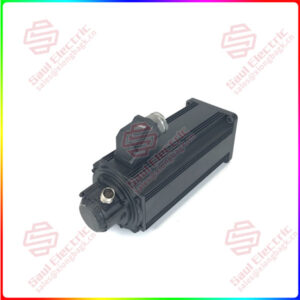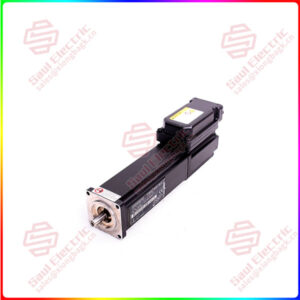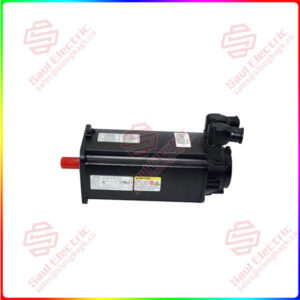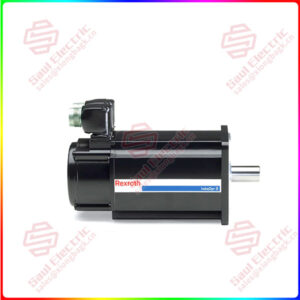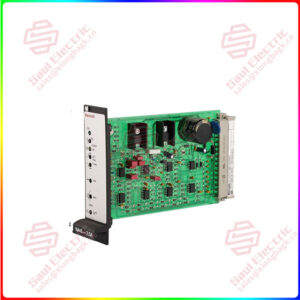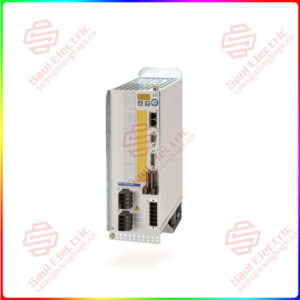Description
Overview
Essential details:VT-HNC100-1-23/W-08-0-0 R900955334 VT-HNC100 Digital Axis Controllers
lf you need to inquire or purchase ,please send the product models to my email or call medirectly .
sunny He
[Email] sales@saulcontrol.com
[Mobile] 86-18059884797
[WhatsApp] 86-18059884797
[Skype] sales@saulcontrol.com
VT-HNC100-1-23/W-08-0-0 R900955334 VT-HNC100 Digital Axis Controllers
Product Description
VT-HNC100-1-23/W-08-0-0 R900955334 Installation steps for digital axis controllers may vary depending on the specific controller model and application environment. The following are the installation steps of the digital shaft controller in general:
Preparation: Before installation, make sure you have understood the technical specifications and requirements of the digital shaft controller, and have the required tools and materials ready.
Select installation location: Select a dry, well-ventilated, and easy to operate location to install the digital shaft controller. Make sure there is enough space for connecting cables and cooling.
VT-HNC100-1-23/W-08-0-0 R900955334 Connect power: Connect the digital shaft controller to the appropriate power outlet or power supply according to its power requirements.
Connect the motor: Depending on the interface type of the digital axis controller, connect the motor to the corresponding port of the controller. Make sure the connection is correct and secure.
Connect sensors (if applicable) : If your application requires the use of sensors, such as encoders or limit switches, connect them to the appropriate input ports on the digital shaft controller.
Connect external devices (if applicable) : Connect other external devices such as human machine interface (HMI), PLC or host computer to the communication port of the digital axis controller as needed.
VT-HNC100-1-23/W-08-0-0 R900955334 Configuration parameters: Use the user interface or programming software of the digital axis controller to configure the relevant parameters according to the application requirements, such as motor type, motion mode, speed and acceleration.
Commissioning and testing: After installation and configuration, commissioning and testing is performed to ensure that the digital shaft controller and related equipment are working properly. Check whether the motor movement is as expected and make necessary adjustments.
Mounting and fixing: Depending on how the digital shaft controller is mounted, fix it to the mounting position using screws or other appropriate fixing methods.
Records and documents: Record all installation steps, configuration parameters, and connection information for future reference and maintenance.


 1 Year Warranty
1 Year Warranty
